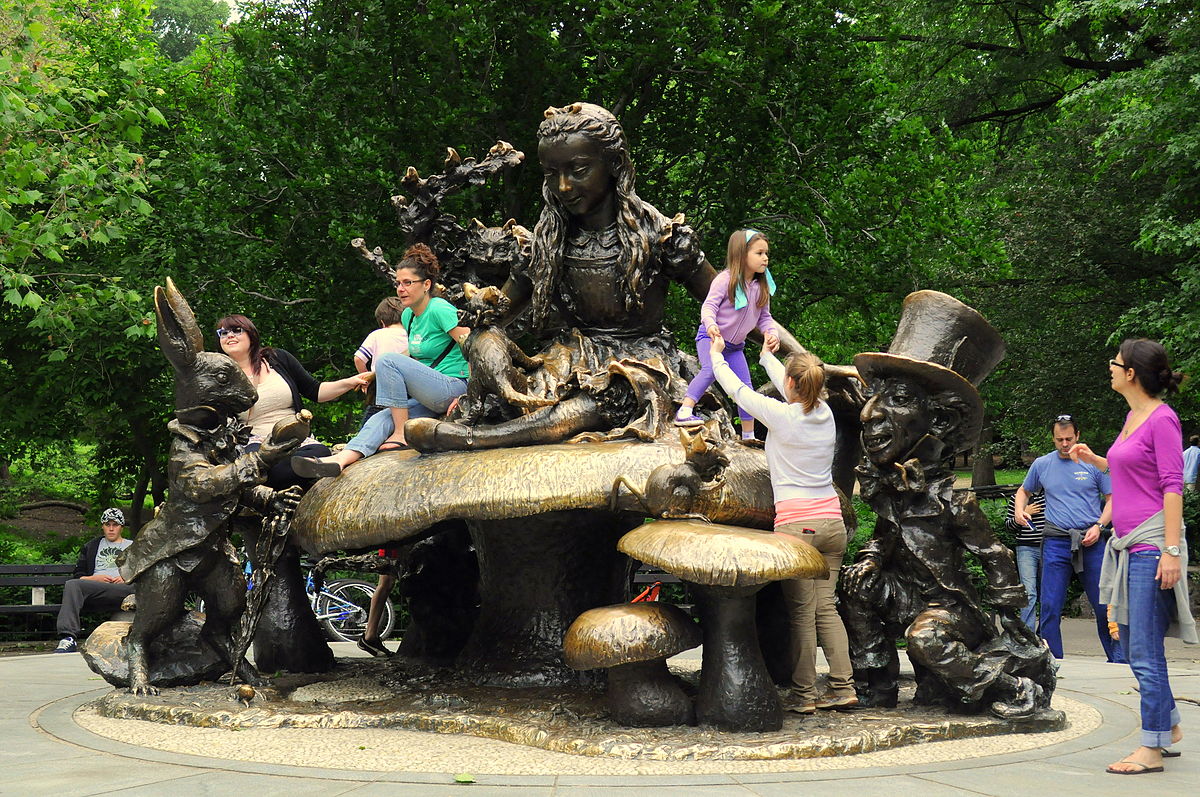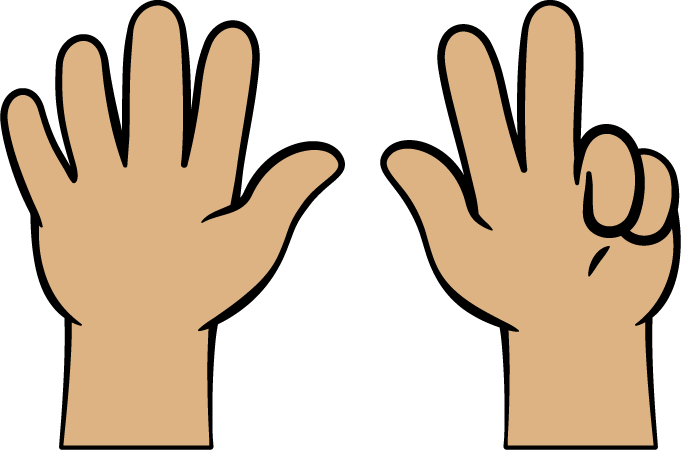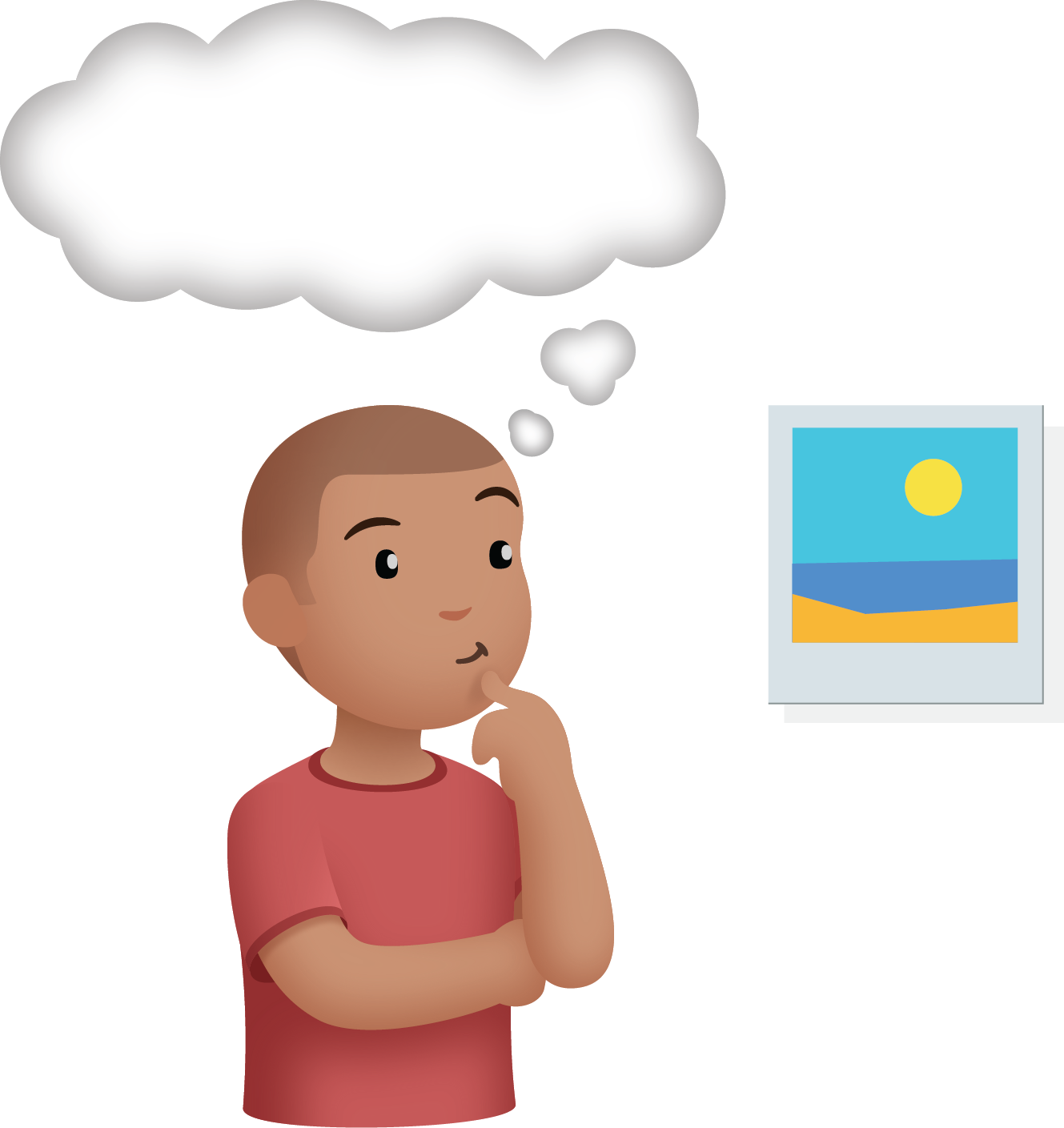Lesson 13
Create Story Problems (optional)
Warm-up: Questions About Us: Colors (10 minutes)
Narrative
Required Materials
Materials to Copy
- Questions About Us Chart 5-Frame Template
Required Preparation
- Cut out enough 5-frames to make a chart with a space for each student to answer the survey question.
Launch
- Groups of 2
- Display Questions About Us chart.
- “Which color is your favorite: purple, orange, or gray?”
- 30 seconds: quiet think time
- Record each student’s choice with a circle in a 5-frame.
Activity
- “How can we figure out how many students chose purple?”
- 30 seconds: quiet think time
- 30 seconds: partner discussion
- Share responses.
- Demonstrate or invite students to demonstrate counting.
- “How many students chose purple?”
- “How many students chose orange?”
- 30 seconds: quiet think time
- Share responses.
- “How many students chose gray?”
- 30 seconds: quiet think time
- Share responses.
Student Response
For access, consult one of our IM Certified Partners.
Activity Synthesis
- “How can we figure out how many students chose gray or orange?”
- Demonstrate or invite students to demonstrate counting both groups.
- “How many students chose gray or orange?”
- Demonstrate using words and an expression to record. For example, “7 students chose gray and 9 students chose orange. We can write that as ‘7 and 9’ or ‘\(7 + 9\)’."
Activity 1: Create a Story Problem (10 minutes)
Narrative
The purpose of this activity is for students to create an addition or subtraction story problem. Students can think of their own subject for the story problem, or they can think of a story problem about the provided picture.
Advances: Representing, Listening
Required Materials
Materials to Gather
Launch
- Groups of 2
- Give students access to connecting cubes and two-color counters
- “We have been reading and solving story problems. Today, you will get to create your own story problems. What are some things that we could tell story problems about?”
- 30 seconds: quiet think time
- 30 seconds: partner discussion
- Share and record responses.
- “There are many different things that we can tell story problems about. You can choose what you would like to go into your story problem, or you can use this picture to help you think of a story problem.”
- Display image.
- “Many of the story problems we have heard have taken place at playground and parks. This picture is of a statue in Central Park in New York City. Many parks have different things to climb and play on. Does this picture remind you of anything you've seen at parks in your community? How is it the same? How is it different?”
- 30 seconds: quiet think time
- 30 seconds: partner discussion
- Share responses.
- “Think of a story problem that you can tell to your partner. Remember that a story problem should have a question at the end.”
Activity
- 1 minute: quiet think time
- “Tell your partner your story problem.”
- 2 minutes: partner discussion
- “Figure out the story problem your partner told you. Show your thinking using objects, drawings, numbers, or words.”
- 2 minutes: independent work time
- 2 minutes: partner discussion
Student Facing

Student Response
For access, consult one of our IM Certified Partners.
Advancing Student Thinking
Activity Synthesis
- “Did anyone hear a story problem with addition, or adding more things?”
- Invite 2-3 students to share. Write an expression to represent each story problem.
- “Did anyone hear a story problem with subtraction, or taking away?’
- Invite 2-3 students to share. Write an expression to represent each story problem.
Activity 2: Switch the Operation (15 minutes)
Narrative
The purpose of this activity is for students to create an addition or subtraction story problem. Students come up with a story problem that uses the same subject as their partner’s story problem, but they change the operation. This gives them an opportunity to compare the action in addition and subtraction problems. Students solve their partner’s story problem.
Supports accessibility for: Language, Attention
Required Materials
Materials to Gather
Launch
- Groups of 2
- Give students access to connecting cubes and two-color counters.
- “Kiran’s partner told him this story problem: ‘There were 7 kids climbing on the statue. 2 of the kids jumped off. How many kids are climbing on the statue now?’”
- “Kiran needs to think of a different kind of story problem that we can tell about the kids playing on the statue. What kind of story problem can he tell?”
- 30 seconds: quiet think time
- 30 seconds: partner discussion
- Share and record responses.
- If needed, say “In the first story, there were some kids climbing on the statue and some of them jumped off. We could tell a different story where the kids were climbing and more kids came to join them.”
- “In the last activity, your partner told you a story problem. What was the story problem that your partner told you about?”
- 30 seconds: quiet think time
- “Now you will think of a different story problem about the same thing that your partner told you. For example, if your partner told you a story problem about kids playing on the statue, think of a different kind of story problem about kids playing on the statue.”
- 2 minutes: independent work time
Activity
- “Tell your partner your story problem.”
- 2 minutes: partner discussion
- “Solve the story problem your partner told you. Show your thinking using objects, drawings, numbers, or words.”
- 2 minutes: independent work time
- 2 minutes: partner discussion
- Monitor for students who change the operation when creating a new story problem.
Student Facing

Student Response
For access, consult one of our IM Certified Partners.
Advancing Student Thinking
Activity Synthesis
- Invite 2-3 groups of students to share story problems about the same subject but with a different operation.
Activity 3: Revisit Math Stories, Act It Out (20 minutes)
Narrative
The purpose of this activity is for students to learn a new variation of stage 2 of the Math Stories center. Students use two-color counters to act out and tell stories involving addition or subtraction with the background mats. Students use objects or drawings to represent and solve the story problem that is told to them by their partner.
After they participate in the center, students choose from any stage of previously introduced centers.
- Bingo
- Math Fingers
- Subtraction Towers
- 5-frames
- Counting Collections
Required Materials
Materials to Gather
Materials to Copy
- Math Stories Stage 2 Recording Sheet
- Math Stories Stage 2 Backgrounds
Required Preparation
- Each group of 2 needs 10 two-color counters.
- Gather materials from:
- Bingo, Stages 1-3
- Math Fingers, Stages 1-3
- Math Stories, Stages 1 and 2
- Subtraction Towers, Stage 1
- 5-frames, Stages 1 and 2
- Counting Collections, Stage 1
Launch
- Groups of 2
- Give each group of students 10 two-color counters and a set of background mats. Give each student a recording sheet.
- “We are going to learn a new way to do the Math Stories center.”
- Display the background mat with a playground.
- “This time I need to think of a story to go with the background mat. I also need to think of a question to ask at the end of the story.”
- “My story is: 6 kids were playing on the rings. Then 2 of the kids left to go play on the slide.”
- “What question can I ask at the end of my story?” (How many kids are still playing on the rings?)
- 30 seconds: quiet think time
- Share responses.
- “Now I’ll tell my partner my story and ask the question.”
- “You can use the background mats to help you act out the story if it is helpful. You can also draw a picture on the recording sheet. Write a number to show the answer to the story problem.”
- “Take turns telling story problems to go with the background mats. Remember to include a question for your partner at the end of your story problem.”
Activity
- 8 minutes: partner work time
- “Now you can choose another center. You can also continue playing Math Stories.”
- Display the center choices in the student book.
- Invite students to work at the center of their choice.
- 8 minutes: center work time
- If time, invite students to choose another center.
Student Facing
Choose a center.
Bingo

Math Fingers

Subtraction Towers

5-frames

Math Stories

Counting Collections

Activity Synthesis
- Invite 2 students to share different story problems about the same background mat.
- As each student shares, record the action with words and numbers and an expression. For example: “3 and 6” and “\(3 + 6\)”.
- “What was the same about the stories? What was different?”
Lesson Synthesis
Lesson Synthesis
Cool-down: Unit 4, Section B Checkpoint (0 minutes)
Cool-Down
For access, consult one of our IM Certified Partners.